Apple's Services revenue keeps surging, setting fresh records quarter after quarter. The numbers tell a story investors should not ignore. In fiscal Q3 2025 (quarter ended 2025-06-28), services generated $27.42 billion in sales, marking a 13% year-over-year increase. This segment has shown remarkable growth, with revenue climbing 108% higher than the same period five years ago, that is a much faster pace than Apple's products division.
Why does this matter? Because Apple now counts over 1 billion paid subscriptions across its platform, a recurring revenue engine humming in the background. The shift is real, from a hardware-dependent business to a technology and services powerhouse that keeps earning long after the device leaves the box.
Why Services revenue is Apple's hidden goldmine
Margins. That is the headline. Services deliver gross margins above 70%, far richer than hardware. The result is straightforward, Services introduce recurring revenue, allowing the company to lower dependence on less predictable hardware sales.
Think about the compounding. You buy an iPhone, Apple gets paid once. You add iCloud storage, Apple Music, Apple TV+, maybe a few App Store purchases, Apple gets paid again and again. Every iPhone becomes a gateway to higher margin services that build over time.
That margin edge feeds cash flow stability and pricing power. Making devices requires factories, components, and logistics; scaling services needs far less. Adding another million Apple Music subscribers does not require proportional costs, which creates operating leverage competitors struggle to match.
The ecosystem flywheel driving sustainable growth
Apple's durable edge is the ecosystem, a loop that reinforces itself. With 2.35 billion active devices worldwide, the installed base is massive. It fuels usage, which fuels subscriptions, which fuels revenue. That is why Apple's Services segment achieved an all-time revenue record of $26.34 billion, up 14% year-over-year.
The milestone of 1 billion paid subscriptions underscores the effectiveness of Apple's bundling strategy, with Apple One and iCloud deepening relationships. It is not just about selling a service, it is about stitching experiences together until they feel inseparable.
Look at daily life. Photos sync through iCloud, music follows you from iPhone to Mac to Apple Watch, fitness data lands in Apple Health without a second thought. Each layer strengthens the rest, raising switching costs. The higher those costs, the more pricing power Apple holds and the steadier those revenue streams become.
Financial metrics that matter most
For investors, Services growth is the needle mover because it shapes the metrics that move the stock. While iPhone revenue was $44.6 billion, up 13% year-over-year, the real story is how Services amplify hardware through margin expansion. Apple's gross margin hit 46.9% in Q1, this was a record high that competitors cannot match, largely driven by Services growth.
The company's Return on Equity stands at an impressive 136.52%, a snapshot of how efficiently Apple converts equity into profit, with high margin Services doing the heavy lifting.
Stability matters too. Hardware ebbs and flows with product cycles and macro swings. Services usually climb with the installed base and engagement, which steadies cash flow and supports investment planning, buybacks, and dividends.
Put simply, Services drive current profitability and future growth, a combination that underpins sustained dividend payments and share repurchases.
The road ahead: Services as the growth engine
Looking forward, Services remain Apple's most scalable growth driver. Predictable cash flows fund the capital return machine, and with free cash flow reaching $105.66 billion, you can see the flywheel at work.
The scalability only compounds. As Apple expands its Services lineup, from Apple Intelligence to financial services, and tightens ecosystem integration, this metric will stay the clearest read on long term health. Every new device is a potential multi year subscription stream, a compounding effect traditional hardware companies cannot replicate.
The strategy is clear, Apple is evolving from a cyclical hardware maker into a services platform with durable, high margin revenue. For investors who want sustainable tech growth, the Services story shows how Apple monetizes its installed base while protecting its moat.
PRO TIP: When evaluating Apple as an investment, focus on Services revenue growth rates, average revenue per user trends, and subscriber growth across different service categories. These metrics provide better insight into Apple's long term trajectory than quarterly iPhone sales fluctuations alone. Track how Services revenue as a percentage of total revenue evolves, this ratio indicates the company's progress toward a more predictable, higher margin business model that can sustain premium valuations regardless of device refresh cycles.




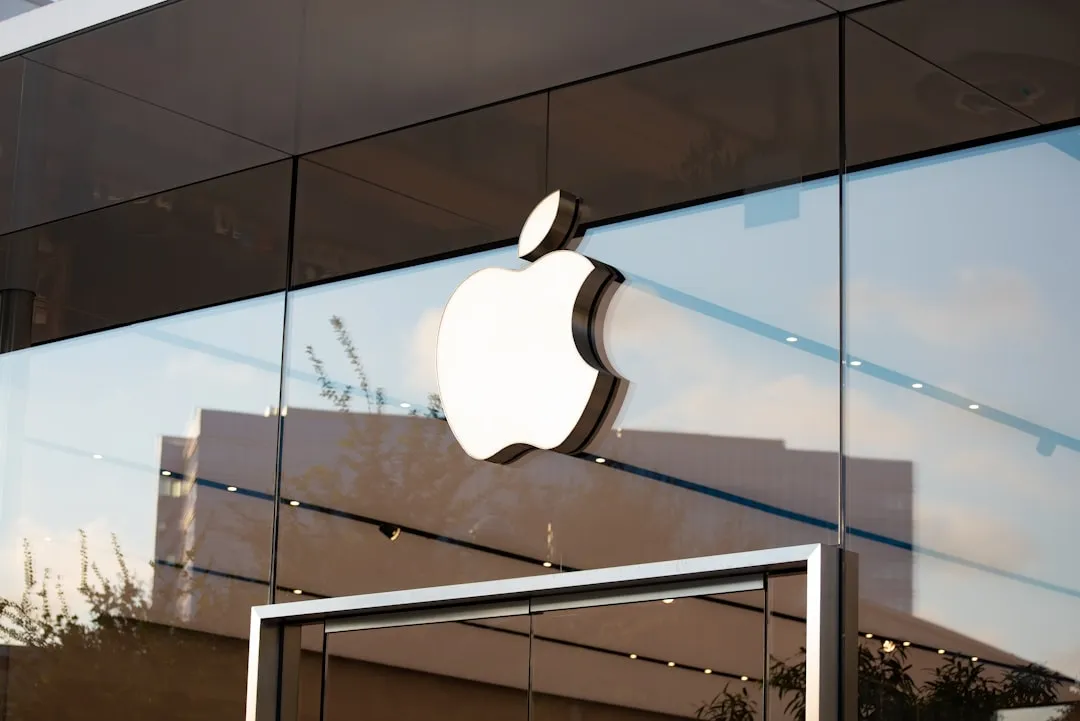
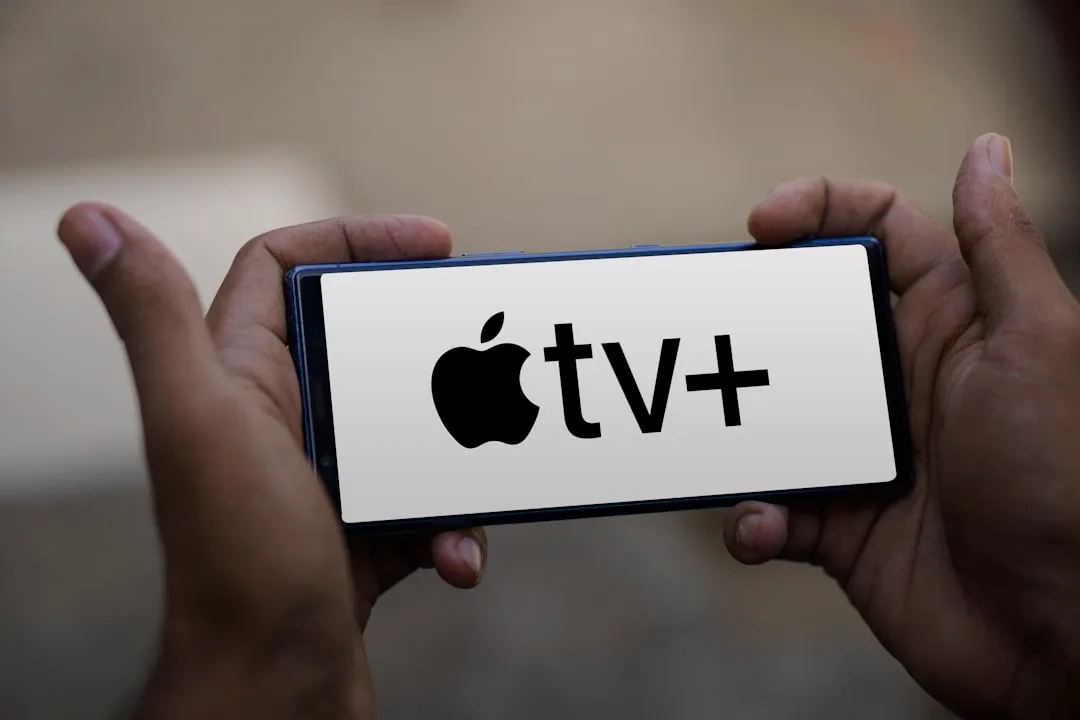

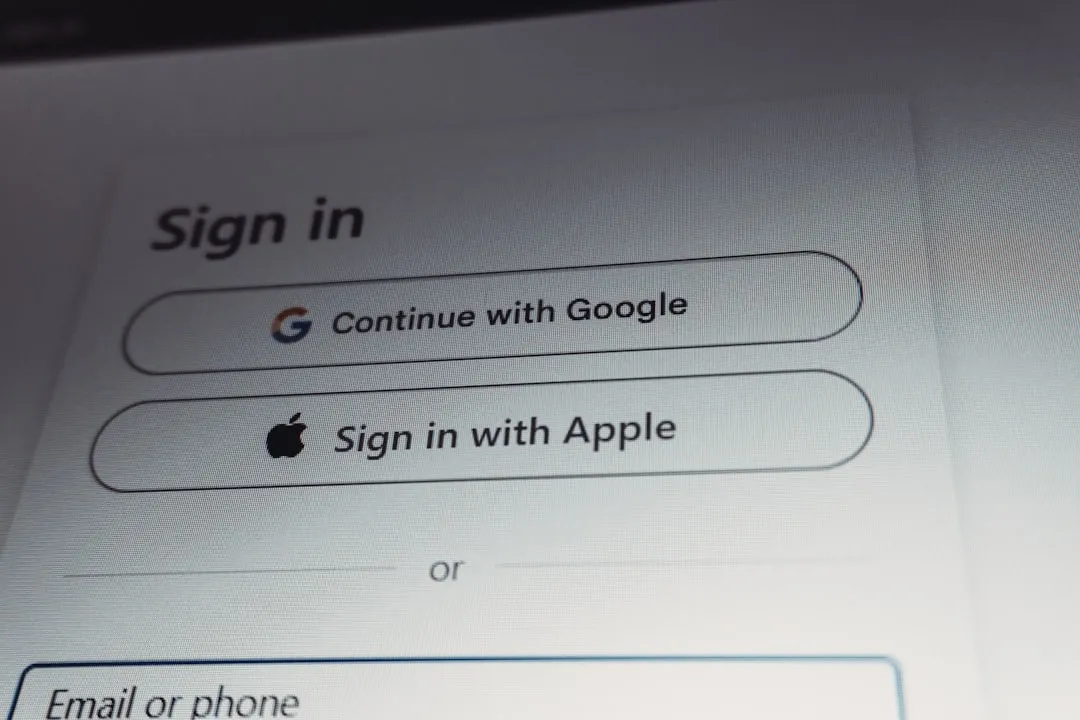





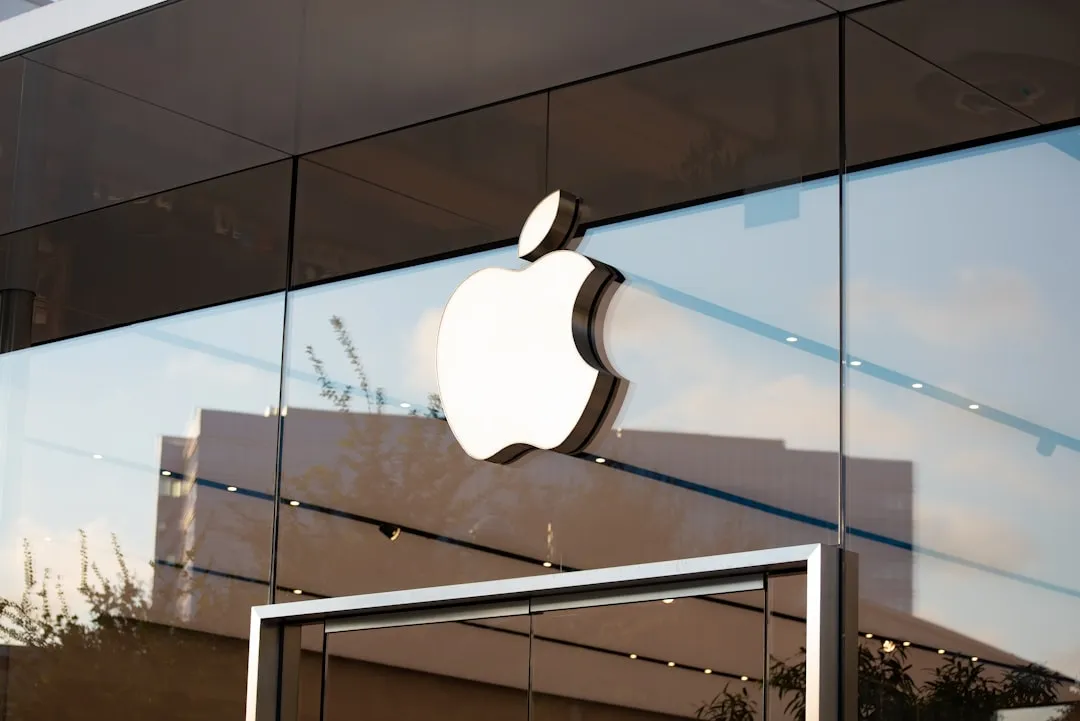

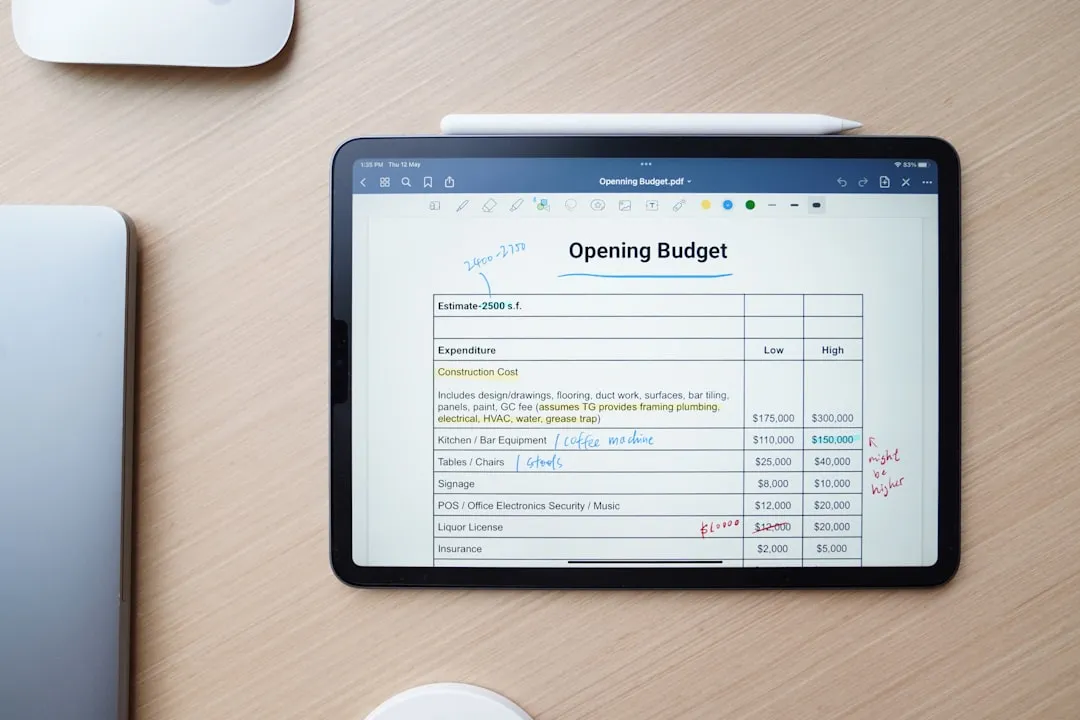



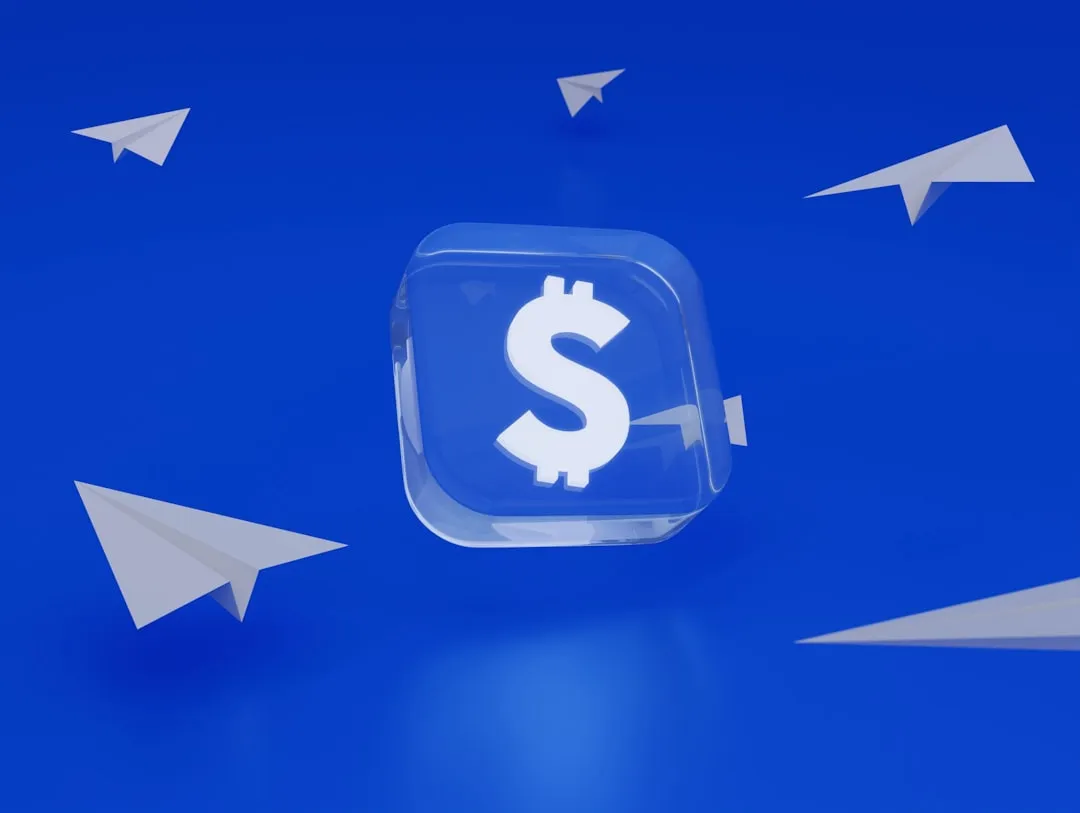

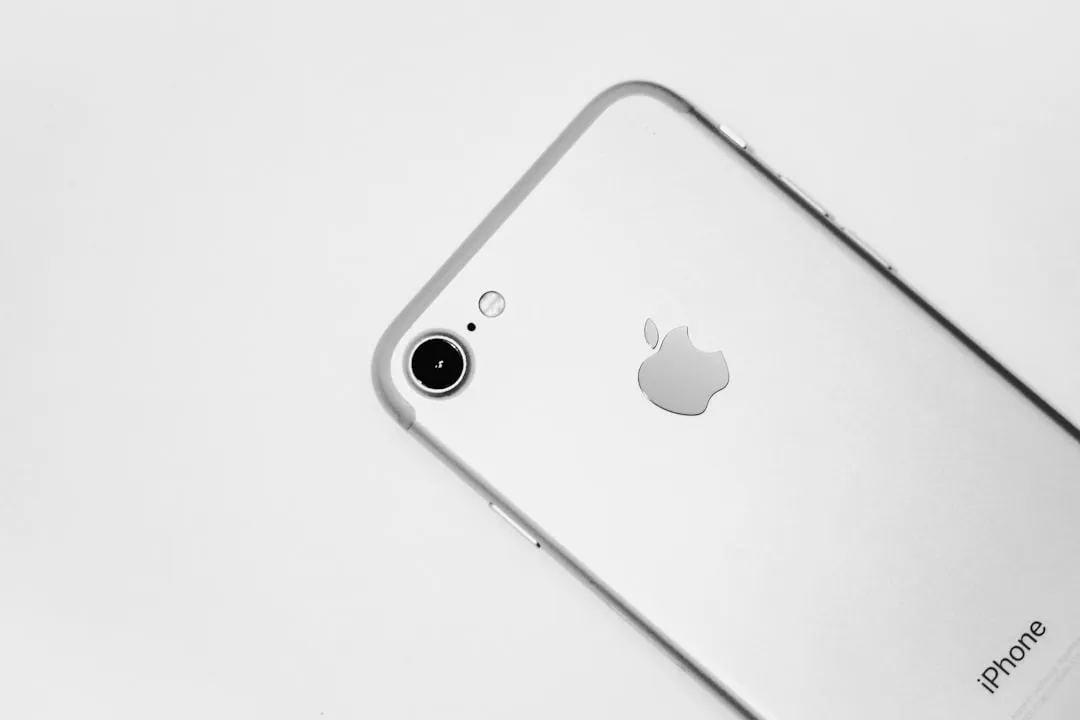



Comments
Be the first, drop a comment!